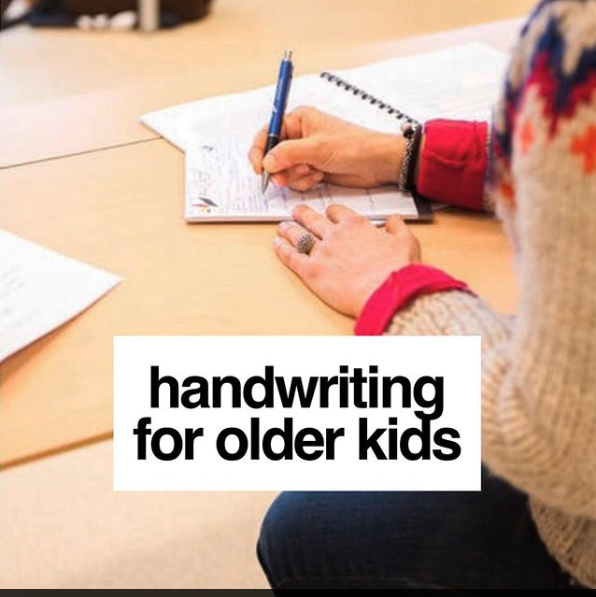As children grow and their handwriting develops, occupational therapists begin to support these skills differently.
Here are some of our top tips:
Correcting bad writing habits take lower priority
You don’t need to work on adjusting pencil grip, letter formation or other ‘bad habits’—especially if the student does not seem to be struggling in these areas. Don’t get too concerned and move on!
Motivation is the key
Children need to practice writing between OT sessions, but homework should be fun. Find an interest that makes them enjoy writing. It could be their favourite song’s lyrics, a letter to a friend or family member, a play that they like, or the steps to clear an obstacle course!
Don’t write, play instead!
Handwriting practice does not have to include writing. As the main challenges involve legibility, speed and spatial organisation, you can support their fine motor and visual skills with games. Play crossword puzzles, try colouring books for adults or books with mazes.
What are some #handwriting challenges that your children have?

This blog post was adapted from a blog by Jessica Lee, an Occupation Therapist at Plumtree.
You can find more tips on her Instagram blog jessthanperfect_ot
Download the Printable Blog Post










